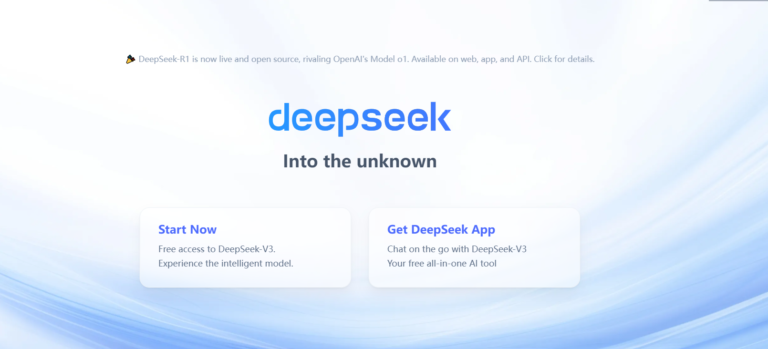Currently, there are too many AI programming tools: Windsurf, Trae (The Real AI Engineer), Cursor, and Copilot. Among these, Cursor is the most advanced and also the most expensive. I have already paid for Cursor and always pay attention to the latest features to get the best value for my money.
With the advent of DeepSeek R1, the price has dropped despite the improved capabilities. This pricing of Cursor may not have any advantages, and it depends on whether the product capabilities can keep users renewing their subscriptions.
Cursor also supports DeepSeek R1, but Agent is not yet available. Some people in the community have already reported back.
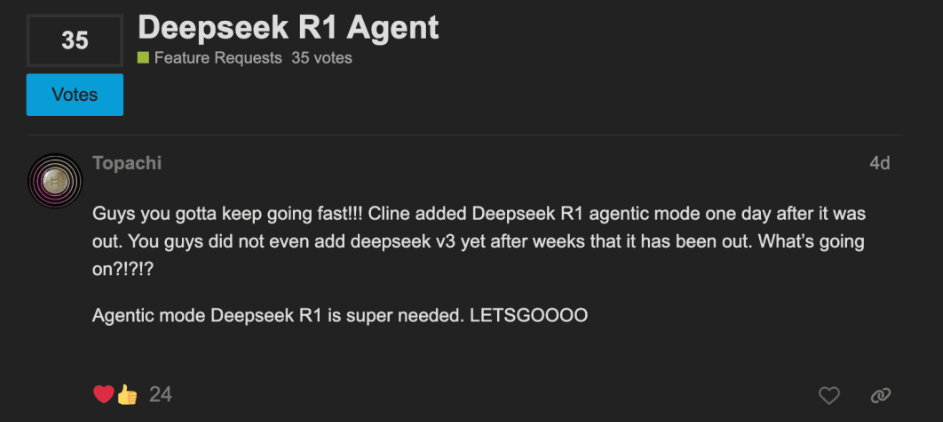
Cursor new version features
On January 23, 2025, Cursor updated to version 0.45, adding some new features. I’ll introduce some of the features here.
.cursor/rules: Users can write multiple repository-level rules in the .cursor/rules directory. Agent will automatically select the rules to follow.
Composer summarizes previous conversations: When a conversation becomes too long, you can start a new conversation while referencing the previous conversation.
Agent can see recent changes: Agent can use the tool to see your recent changes. It can also see changes between user messages.
Better repository understanding: We have trained a new repository understanding model. We will release it to all 0.45 users within the next week.
Fusion model: We have trained a new tab model with significant improvements in jumping and long context. We will also release this feature to users soon.
Optional long context: When marking long files, users can choose to use an advanced model to request a larger context window. This will use more fast requests.
The following content I can visually see the changes, that is, obvious configuration items, interactive screenshots show that, for example, @codebase such as a better understanding of the code base, it is not easy to test changes.
.cursor/rules directory
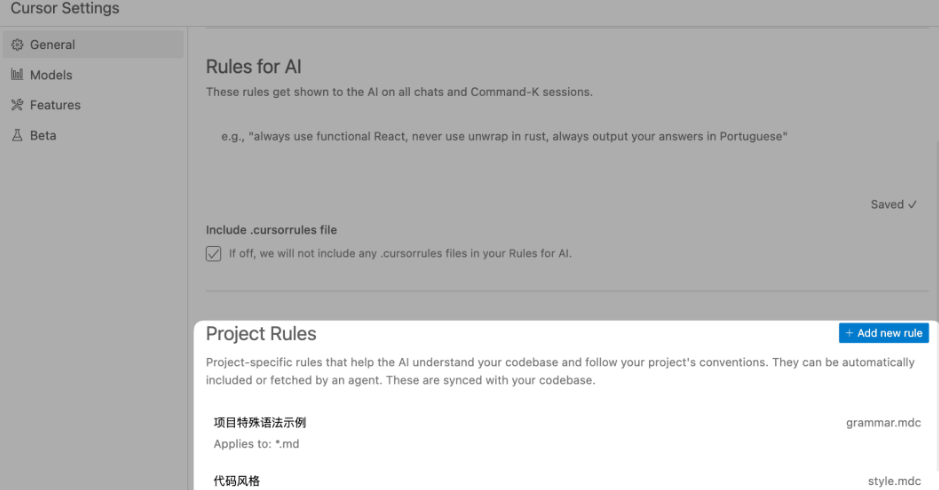
This part can be done in Settings by creating a new Project Rules, and then you can create a new file in the .cursor/rules directory of the project. This time, the rules file, with the suffix .mdc, is a special Markdown file format. This time, you can @refer to a file in the file, similar to NotePads.
The file content is divided into three parts:
Description: describes the function of the rule. In Composer, the Agent will automatically match the relevant description based on the user’s requirements, and then pass the corresponding cursorrule content based on the description.
Scope of files affected: describes which files the rule affects. If a project has multiple files, different requirements can be made for different types of files.
Rule content: describes the specific content of the rule.
Composer summarizes previous conversations
Now when you open a new Composer, you can use @Summarized Composers to summarize previous conversations and continue the conversation.
If “No summary available” appears, you need to reopen the previous conversation from the history to trigger a summary. Or the summary content will automatically appear after a while, but the experience is not very good yet. It will definitely be optimized in the future.
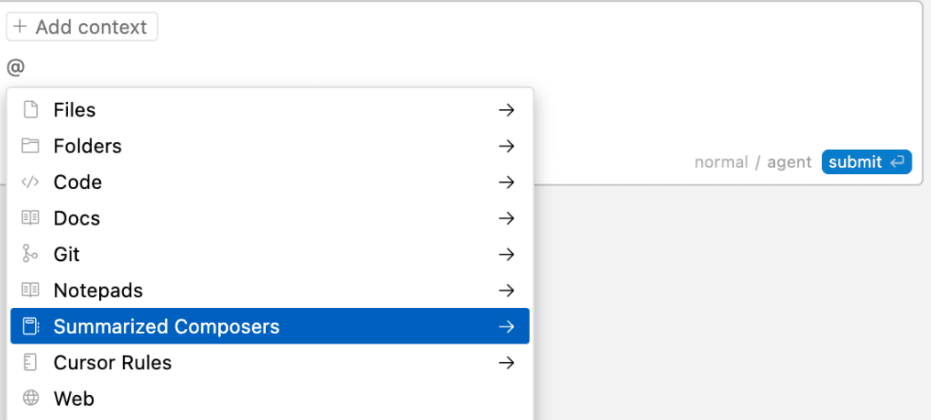
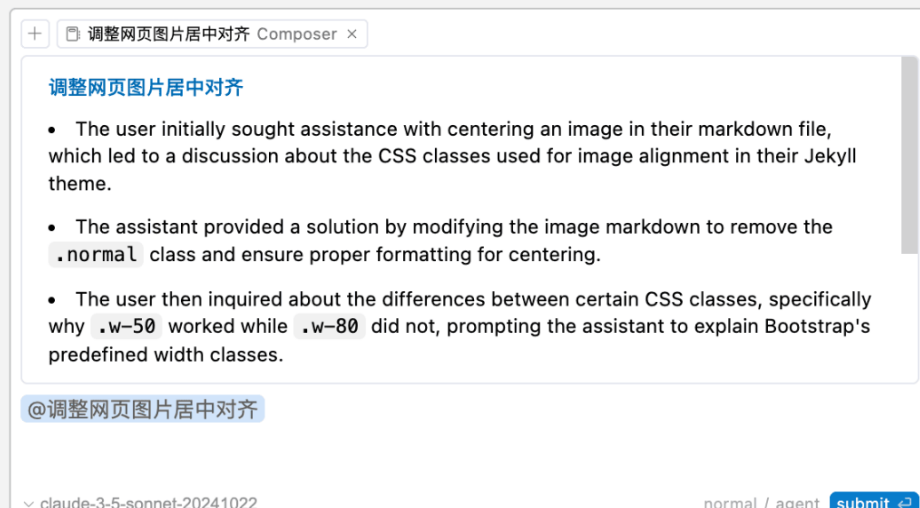
Agent can see recent changes
Now you can use @Recent Changes to view the recent changes in the Large model and continue the conversation to better understand the user’s needs.
Large context
New setting item

After enabling, if long text is selected, the following prompt message will appear, consuming more credits
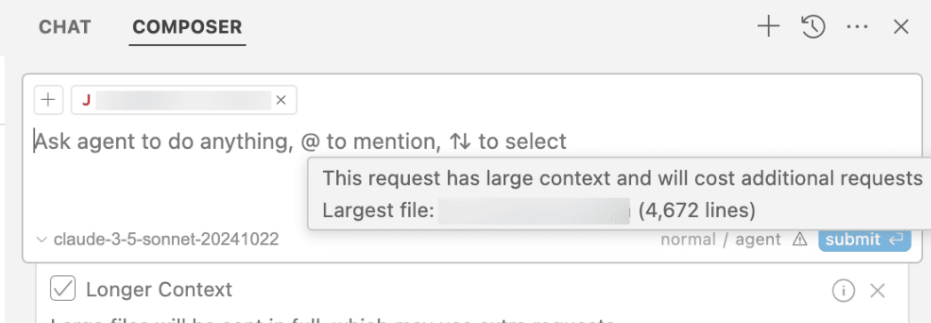
Cursor How to update the latest version
Cursor version updates are pushed in rotation, and users cannot actively update them. They can only wait for Cursor to push. However, you can also try the following two methods:
- Update using brew
If you are a macOS user, you can use the following command to force install the latest version
brew install –cask –force cursor

- Update using Cursor
command/control + shift + P to open the command panel, enter update and then press enter to update to the latest version.


